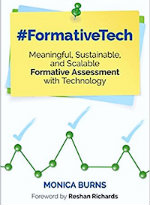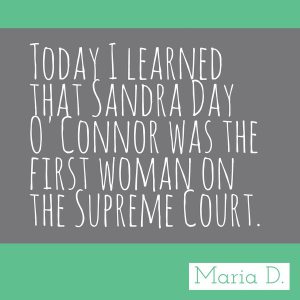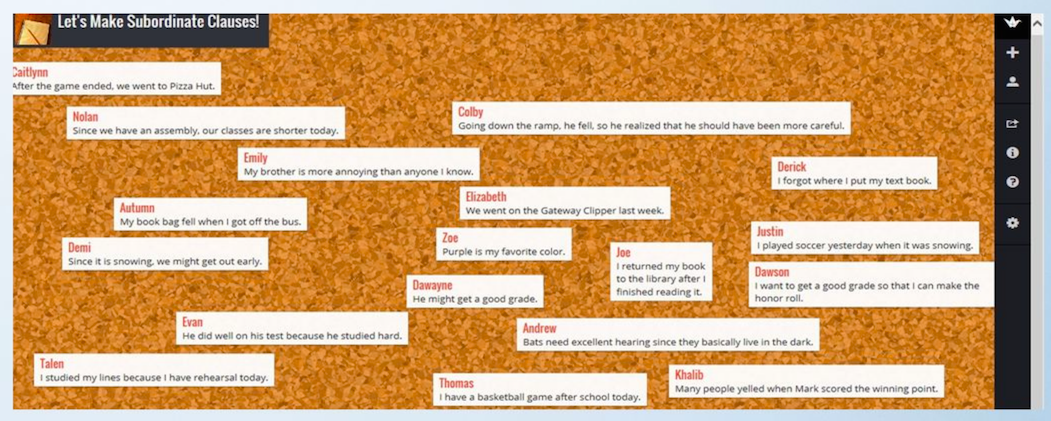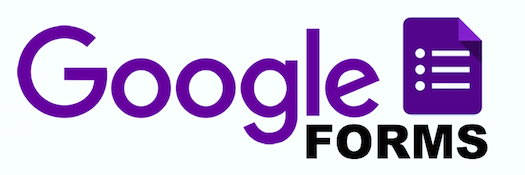New Teachers: 3 Tools Help Manage Learning
By Monica Burns

Classroom management is a broad term that can include the way an educator organizes resources, establishes expectations, or introduces routines to students. As you develop routines for your new classroom, it’s important to think about how you will check for understanding during the school day to gather information to inform future instruction.
Checks for understanding can help establish the rhythm of learning
Formative assessment refers to the way we check for understanding over the course of a lesson or series of learning experiences. Our purpose is to collect data so we can make the best decisions for instruction in the days and weeks to follow. These checks might include a quick baseline assessment at the beginning of a new unit, an open-ended question during a discussion, or an exit slip at the end of a lesson.
In the list below I share a series of routines for formative assessment using both traditional and digital tools. My book #FormativeTech: Meaningful, Sustainable, and Scalable Formative Assessment with Technology (Corwin, 2017) includes more tech-rich examples. But getting started with formative assessment routines doesn’t require a Chromebook or an iPad.
These are practices you can tailor to the needs of your students, your teaching style, and your learning goals, taking into account your access or lack of access to various tools and technologies.
Exit Slips
Exit slips are typically used to gather information at the end of a lesson. A teacher might give a specific prompt for students to respond to, pose an open-ended question, or use the space on an index card (“exit slip”) for students to ask a question they have about the day’s lesson. This information can be used to determine who has mastered success criteria, who needs extra help, and which students have similar needs or interests.
Traditional routine: The teacher distributes index cards and has students write their name and response on the card during the last few minutes of the lesson. Students return the index card and the teacher reviews responses herself or with the class.
Digital routine: Students use a digital tool to create a virtual exit slip, responding to the teacher’s prompt by layering text over an image using a tool like Canva. They submit their creation to the teacher through an LMS (learning management system), and the teacher can share their virtual exit slips on social media.
KWL
A KWL is typically used to figure out what students already know (K), want to know (W) and, later, have learned (L) about a topic. A KWL might be introduced before a new unit of study to have students share what they know and want to know about a topic before diving into content. This information can be used to determine who in your class has an interest in particular subtopics, who already has a foundation of knowledge on the subject, and which students have misconceptions that need to be addressed.
Traditional routine: The teacher distributes sticky notes and asks students to record something they know (K) and want to know (W) about a topic. Students can place the sticky notes from their brainstorming in the appropriate column on an anchor chart and the class can discuss student contributions.
Digital routine: The teacher can share a link to a virtual collaborative space like Padlet where students visit the page and add their virtual sticky notes indicating things they know (K) and want to know (W) about a topic. The class can view all of their peers’ responses and discuss student contributions.
Checklists
A checklist is typically used to organize observations during a lesson or series of learning experiences. A teacher might circulate around the room conversing with students, peeking over shoulders, and documenting what they are noticing on a checklist. This information can be used to determine who has mastered a set of success criteria or needs extra help, or to identify any special areas of need unrelated to the task at hand but useful in making future instructional decisions.
Traditional routine: The teacher circulates around the room with a clipboard to see how students have addressed a task and documents his observations. Students might answer a question or two, have an informal conference with their teacher, or simply work in pairs without interruption as the teacher peeks over their shoulders. The teacher makes a notation or jots a few notes on a list next to each student’s name to document his observations.
Digital routine: The teacher circulates around the room with a tablet to see how students have addressed a task and document observations. Students might answer a question or two, have an informal conference with their teacher, or simply work in pairs without interruption as the teacher peeks over their shoulders. Difference? The teacher enters observations into a Google Form and all of the responses will automatically be organized into a Google Sheet making it easy to notice trends, search for past observations, and share data with other educators who are working with their students.
Make checks for understanding routine
Whether you decide to take a traditional or digital route, routines like these are essential. They help students know what to expect throughout the day, ensure you stay consistent, and make collecting formative assessment data a part of your regular practice.
If you’re an experienced teacher, do you have a favorite formative assessment routine you’d like to share with educators just beginning their careers? Share it in the comments below!

Monica is a webinar host for SimpleK12 and a regular contributor to Edutopia, Teachability and Channel One News. A graduate of the University of Delaware and Hunter College, she is currently pursuing a Doctorate in Global Education Leadership at Lamar University.


































Monica, checking for understanding is so important. I also like to do 2 or 3 homework problems or questions as a class before sending them on their way since homework should be practice and not learning something new on their own. Good article.